NAFEMS was originally known as the National Agency for the Finite Element Method and Standards. With the evolution of Computer Aided Engineering across areas such as CFD, Multiphysics, and more, NAFEMS is now recognised as the International Association for the Engineering Modelling, Analysis and Simulation Community. It is a non-for-profit organisation established in 1983, focused on promoting best practice and the safe, reliable use of engineering simulation technologies, including Finite Element Analysis, Computational Fluid Mechanics, and beyond.
The Mission of NAFEMS
Today, the mission of NAFEMS is to provide knowledge, collaborate internationally, and educate engineers in the use and validation of simulation and analysis. This ensures consistency, reliability, and continuous improvement across the global engineering community.
DOCAN’s Commitment to Engineering Simulation
At DOCAN, we are heavily involved and invested in engineering analysis and simulation, ranging from simple linear-elastic stress assessments to the most complex non-linear dynamic multiphysics simulations.
Our work can include determining how a fire could spread, how a building or structure may collapse, or how a machine will perform when subjected to chemical reactions, forces, electromagnetism, fluids, and accelerations.
Technologies and Tools We Use
In today’s world, we work across all domains, using technologies from leading companies such as ANSYS, Siemens, Dassault Technologies, PTC, MSC, and many more. With the rapid advancement of AI, it is more important than ever that we stay up to date with new developments, continually update our skills, and keep pushing the limits of CFD, FEA, Multiphysics, Computer Aided Engineering, and Artificial Intelligence.
For these reasons, we are pleased to announce that we are once again maintaining our corporate membership of NAFEMS.
Why NAFEMS Membership Matters
The next time you require an Engineering Team or an Engineering Company to provide confidence in form, fit, and function, or to ensure that your technology is safe, reliable, and compliant with industry standards and codes (such as BSI, ASME, ISO, API, Eurocode, or DNV), it is important to know whether they stay current with training, can demonstrate their verification methods and records, and follow industry best practice.
With DOCAN, that is exactly what you get. We are committed to being right, safe, correct, and innovative, which is why we maintain our membership with NAFEMS.
Work with DOCAN Consultancy
If you require the services of DOCAN, or if you would like to be part of the DOCAN team and benefit from our continued improvement, technical know-how, skill, and experience in FEA, CFD, Multiphysics, and Engineering Analysis, get in touch with our team today.

